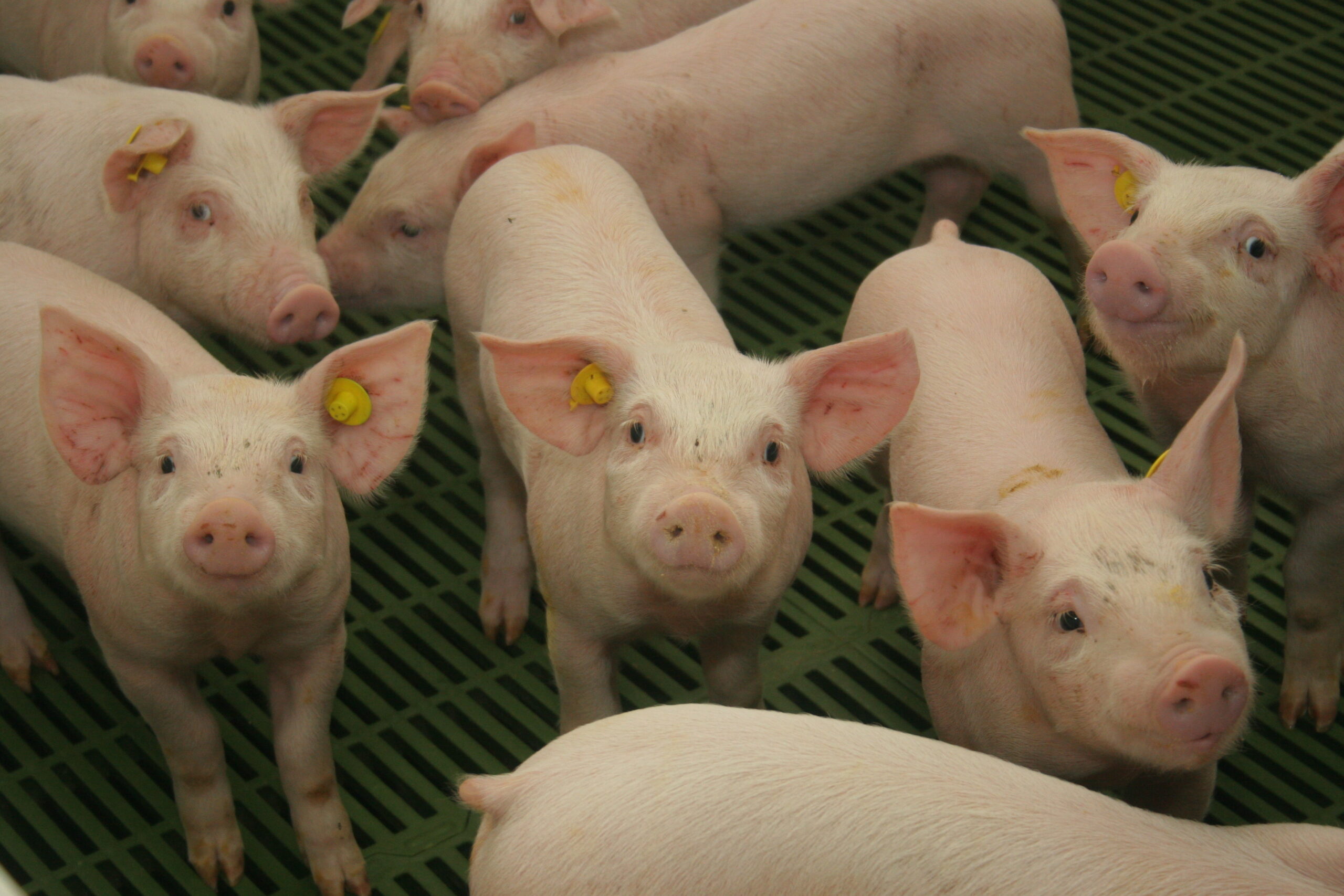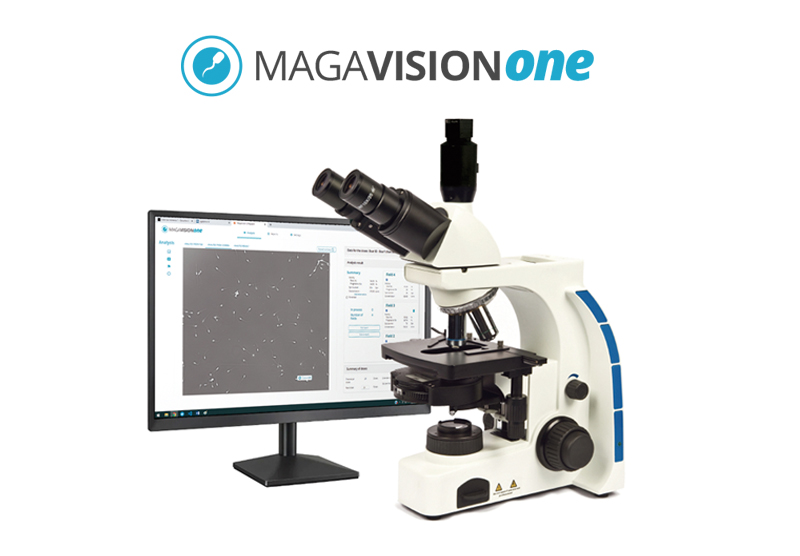Since swine artificial insemination was established, both with the traditional technique and with the intrauterine technique we have heard about semen backflow. Backflow is just a certain amount of the semen dose that comes out through the vulva or catheter, during or after insemination.
As we have advanced, we can observe semen backflow at different times and talk about 2 types of backflow. That which occurs during the process of insemination or just at the end, and which may be due to an incorrect practice of insemination or due to the sow’s own anatomy or behavior, and which occurs after about 10-15 minutes up to 2 hours post insemination, and that this is physiological.
Regardless of the technique used, a backflow of 10-15% of the volume of the semen dose, during the insemination process, will negatively affect the reproductive parameters.
Factors that favor backflow during insemination include:
– Pressure exerted on the container: As we have mentioned, there should be no pressure from the operator. This is something that is commonly seen on farms and should be avoided. Many times, because you want to go faster, covering on weekends or holidays, etc.
– Misplaced catheter: An incorrect “anchoring” or placement on the cervix will lead to increased backflow during insemination.
– Sows in motion: If they are nervous or agitated for various reasons, the displacement of the catheter will be facilitated, thus facilitating backflow.
– “Aids to increase the speed of absorption of the dose”: It is common to find workers who prick the container of the dose with a needle, to increase the speed of absorption, which will favor the appearance of the backflow.







